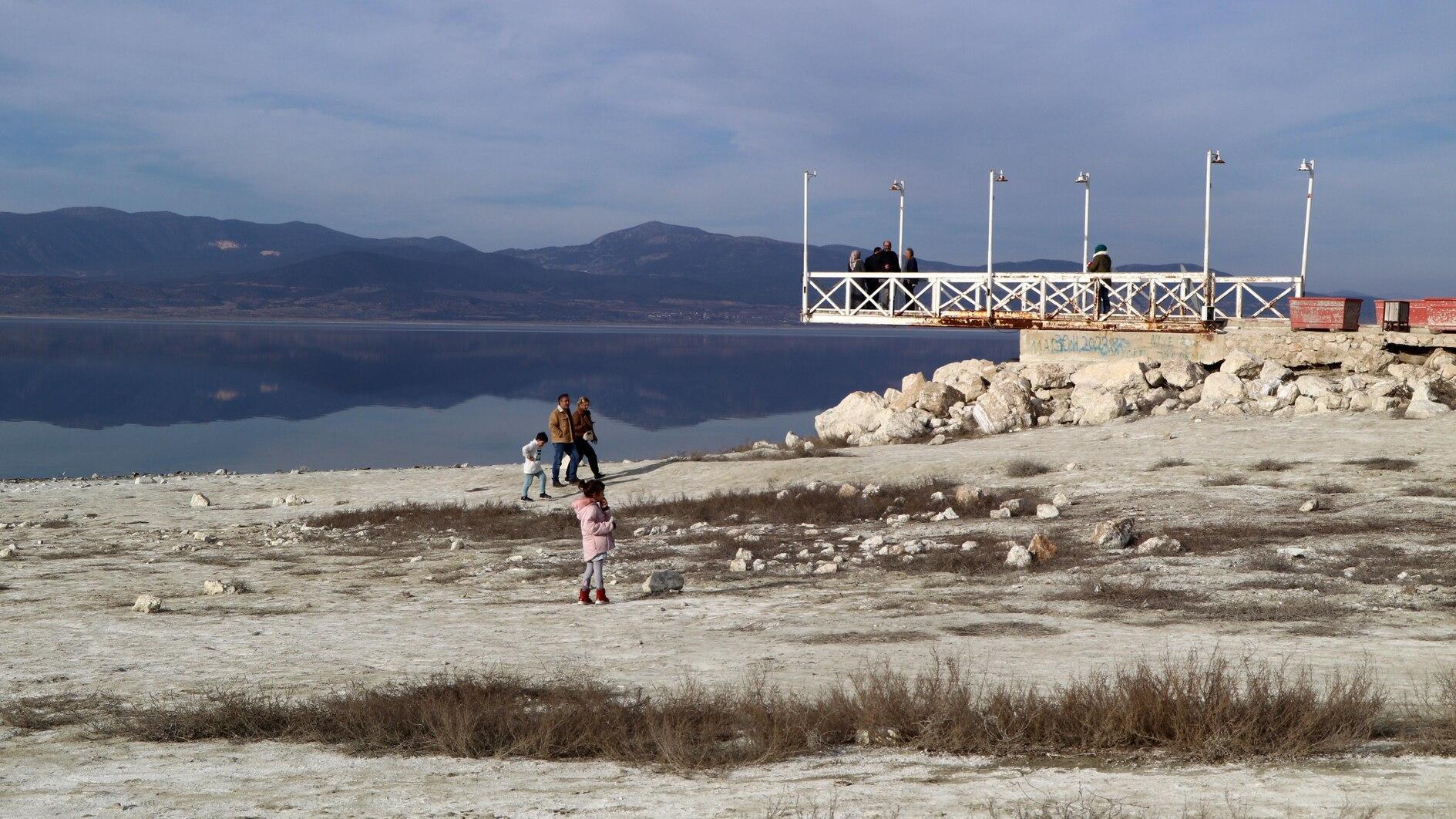Lake Burdur’s volume drops 47 pct, signaling water scarcity
BURDUR

The water level of Lake Burdur, Türkiye’s seventh-largest lake located in the Burdur province of Anatolia, has dropped by 20.29 meters since reaching its peak in May 1970, marking a staggering decline of 47 percent in its volume over 54 years.
The measurements conducted by the General Directorate of State Hydraulic Works since 1959 indicate that the water level of Lake Burdur peaked at 857.62 meters in May 1970. However, recent measurements in February 2024 revealed a decline to 837.33 meters, reflecting a significant drop of 20.29 meters over 54 years, reducing the lake's volume from 7,426 hectometers to 3,952 hectometers, a 47 percent decrease.
Professor Dr. İskender Gülle from Mehmet Akif Ersoy University's Biology Department emphasized that the region's general water scarcity has cascaded from rivers to lakes and eventually to groundwater. Dr. Gülle warned, "The drought in Lake Burdur and other lakes is no longer signaling; it's blaring a bitter alarm. The demand for water in the lake's basin has surged to the extent that the lake is no longer being replenished. Consequently, considering all data, it seems unlikely that this decline in Lake Burdur can be reversed within this century. We must now adapt to a progressively shrinking lake."
Dr. Gülle highlighted the impact of recent extreme temperatures, decreased precipitation, and intensive use of groundwater on disrupting the balance of aquatic systems. He stressed, "The disruption of the hydrological system not only threatens natural habitats but also endangers agriculture and the economy. Nowadays, water scarcity is not solely dependent on rainfall; it has become a consequence of human water usage behavior. In essence, drought originates from nature, but water scarcity stems from human actions."
















